A replacement for the A5, powered by a range of petrol and diesel engines rather than batteries and electric motors, is a bold move from Audi after announced its plans just two years ago to be an electric-only car manufacturer by 2029.
The company is poised to launch a range of new petrol and diesel cars, all of which it can keep in the market until the Europe-wide combustion car ban comes into force in 2035.
To reflect this shift in strategy, Audi has restructured its model range into two ‘columns'. Now, Audi’s odd-numbered cars (such as the A5, Q5 and Q7) will feature combustion engines, while its even-numbered models (A6, Q6 etc) will have batteries and electric motors.
A replacement for the A5, powered by a range of petrol and diesel engines rather than batteries and electric motors, is a bold move from Audi after announced its plans just two years ago to be an electric-only car manufacturer by 2029.
The company is poised to launch a range of new petrol and diesel cars, all of which it can keep in the market until the Europe-wide combustion car ban comes into force in 2035.
To reflect this shift in strategy, Audi has restructured its model range into two ‘columns'. Now, Audi’s odd-numbered cars (such as the A5, Q5 and Q7) will feature combustion engines, while its even-numbered models (A6, Q6 etc) will have batteries and electric motors.
Audi had a change of heart because not all Audi’s customers are ready to make the switch to an electric vehicle. Uptake in the leasing market and among private buyers is slower than had been anticipated.
Now Audi has adopted a two-platform strategy – one for each column. The brand’s zero-emission models will be built on its Premium Platform Electric (PPE) architecture, as found under the new Q6 e-tron, while its future fossil fuel cars will be propped up by its new Premium Platform Combustion (PPC) architecture.
This latter chassis was designed specifically for use by Audi, and it’ll be complemented by a range of freshly developed petrol, diesel and hybrid powertrains. Advanced 'MHEV plus' technology enables partially electric driving and therefore even more efficient driving.
It gives Audi a more flexible approach to its target markets. The brand says it can extend or truncate the lifespans of either platform to adapt to changes in legislation and react to the needs of different countries.
Kerstin Englhardt, project leader for Audi’s PPC architecture, told AM's sister title Car: “We still have combustion engines because we are convinced that we also need them for the future, for some markets.
“At the moment, our plan is to end it by 2033.
“But, if we see in 2030, there’s new regulations in the European Parliament that [postpones] when we need to get out completely from the combustion engines and go over to the electric engines, we’re also thinking about running our combustion platform [for] longer.’
It means that Audi can keep combustion engines around for a long time yet. In fact, Detlef Harzer, technical project manager for the new A5, thinks his new car has the potential to stick around right up until the 2035 deadline.
Car's Luke Wilkinson wrote how he quizzed Harzer about how the A5 would evolve between now and the combustion engine ban, and he said: "We are prepared to give [combustion engines] a longer life."
He added: “We are prepared for both columns. We will also see some law-driven development because there will be regions that can’t switch so fast – and we want to be prepared for both sides. It will be such a sliding process.”
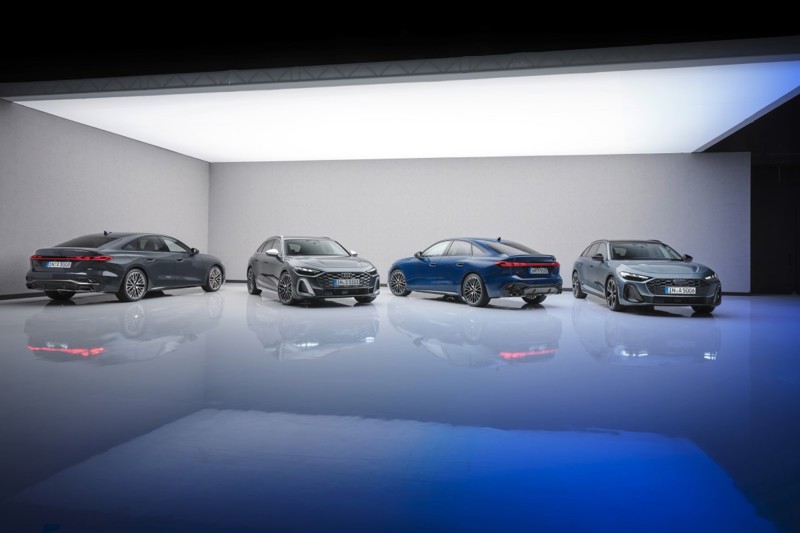 Much like Volkswagen’s plans for extending the life of its petrol powered Golf GTI, Harzer told Car that Audi hopes to keep the A5 alive by launching a heavily updated version of the car later in its lifecycle.
Much like Volkswagen’s plans for extending the life of its petrol powered Golf GTI, Harzer told Car that Audi hopes to keep the A5 alive by launching a heavily updated version of the car later in its lifecycle.
In essence, that means the new A5 will end up having two facelifts – one four years into its production cycle and one eight years in.
That makes better financial sense for Audi than investing in an all-new car that might only be on sale four years before legislation kills it.
Audi is rather coy about how many cars the PPC platform will support, but it could underpin all the combustion-powered cars from the A5 upwards to Q7.
Max Röhnlein, Audi’s technical project leader for engines, also explained how the PPC architecture has a lot of headroom in it.
“The focus for Audi on that platform is also our lifecycle – to get more features in, to get more engines, or something like that. To be able to put in more functions for the customer.”
Röhnlein also hinted that Audi Sport isn’t giving up on combustion power, either, with both he and Englhardt confirming there’s a lot more performance to extract from PPC.
Crucially, Englhart confirmed that the chassis is compatible with a V8 engine, so Audi’s fire-spitting RS models might not be dead yet.
Login to continue reading
Or register with AM-online to keep up to date with the latest UK automotive retail industry news and insight.

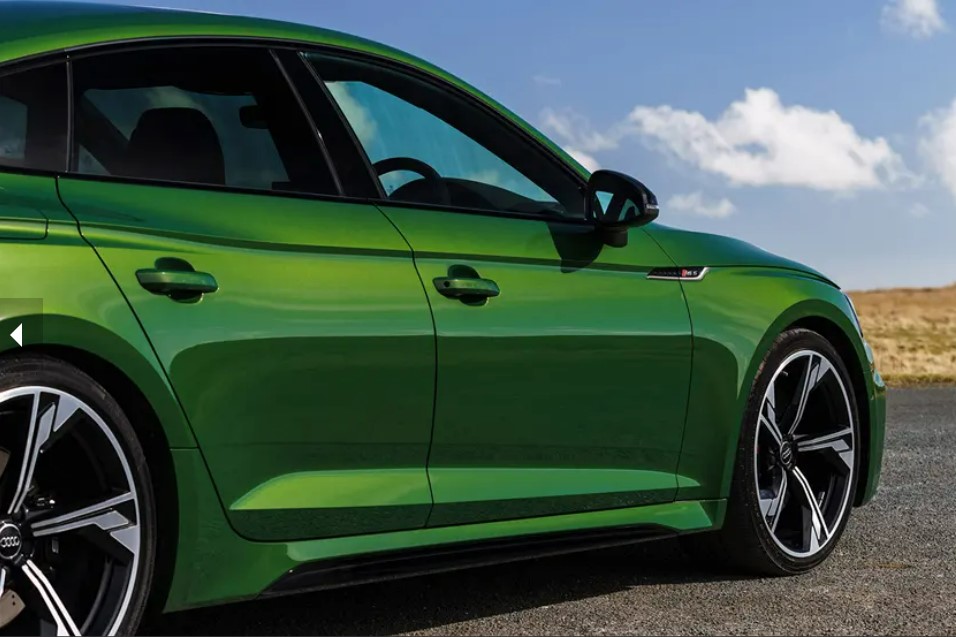


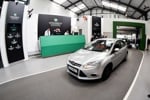

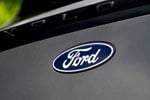



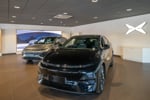





Mark Lewis - 30/07/2024 17:05
That's a bold move from Audi, but makes total sense to have two columns, it will now be interesting to see if other manufacturers are equally bold.